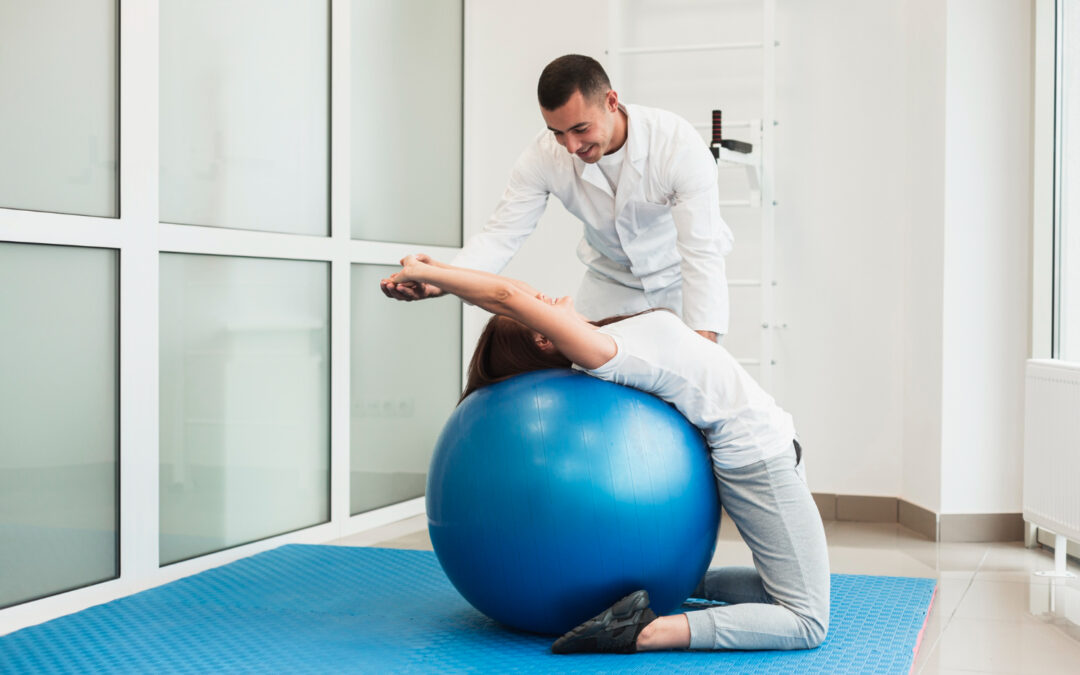The pelvic floor plays a crucial role in supporting the bladder, uterus, and bowels, as well as maintaining continence and sexual function. However, factors like childbirth, aging, and certain medical conditions can weaken the pelvic floor muscles, leading to issues such as urinary incontinence and pelvic organ prolapse. Fortunately, physiotherapy offers effective techniques to strengthen the pelvic floor muscles and improve overall pelvic health. In this blog, we will explore various physiotherapy exercises and approaches to help you achieve a strong and functional Pelvic Floor Calgary.
Pelvic Floor Assessment
Before starting any pelvic floor strengthening program from Rehabilitation Calgary, it is essential to undergo a thorough pelvic floor assessment conducted by a qualified physiotherapist. The assessment will help identify any weaknesses or dysfunctions in the pelvic floor muscles, tailoring the exercise program to your specific needs.
Kegel Exercises
Kegel exercises are the foundation of pelvic floor strengthening. They involve contracting and relaxing the pelvic floor muscles to improve their strength and endurance. To perform Kegels correctly, identify the pelvic floor muscles by stopping the flow of urine midstream. Once you have located the muscles, squeeze them for 5 seconds, then release for 5 seconds. Repeat this cycle 10-15 times, aiming for at least three sets a day.
Pelvic Bridges
Pelvic bridges not only engage the pelvic floor muscles but also target the glutes and lower back. Lie on your back with your knees bent and feet flat on the floor. Slowly lift your hips off the ground, engaging the pelvic floor muscles as you do so. Hold for a few seconds before lowering your hips back down. Perform 10-15 repetitions, gradually increasing as you gain strength.
Squats
Squats are excellent for pelvic floor activation and strengthening the muscles in the lower body. Stand with your feet shoulder-width apart, lower yourself into a squatting position while keeping your back straight and chest lifted. Engage your pelvic floor muscles throughout the movement. Repeat 10-12 squats for 2-3 sets.
Biofeedback Training
Biofeedback is a technique used in physiotherapy to enhance pelvic floor muscle awareness. Specialized sensors are used to monitor muscle activity, providing visual or auditory cues to help you identify and engage the correct muscles. Biofeedback training can be particularly beneficial for individuals who struggle to isolate their pelvic floor muscles during exercises.
Breathing Techniques
Learning proper breathing techniques can aid in pelvic floor muscle activation and relaxation. Focus on diaphragmatic breathing, where you inhale deeply, expanding your abdomen, and exhale slowly, gently contracting your pelvic floor muscles. This coordinated breathing helps maintain pelvic floor stability during various activities.
Pilates and Yoga
Pilates and yoga are holistic exercise methods that promote core strength, flexibility, and balance. Many poses and exercises in these practices engage the pelvic floor muscles, contributing to their overall strength. Joining a Pilates or yoga class can provide expert guidance in incorporating pelvic floor exercises into your routine.

